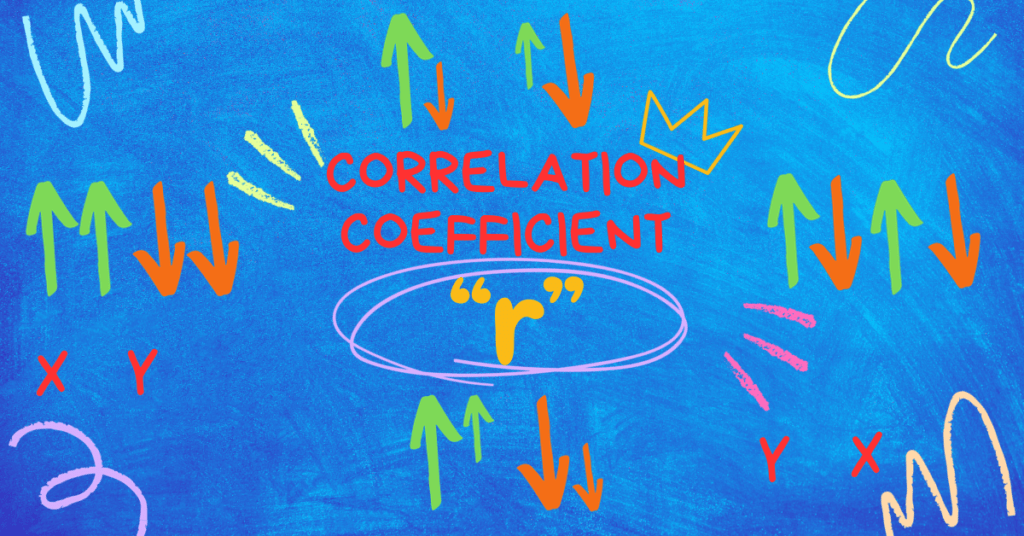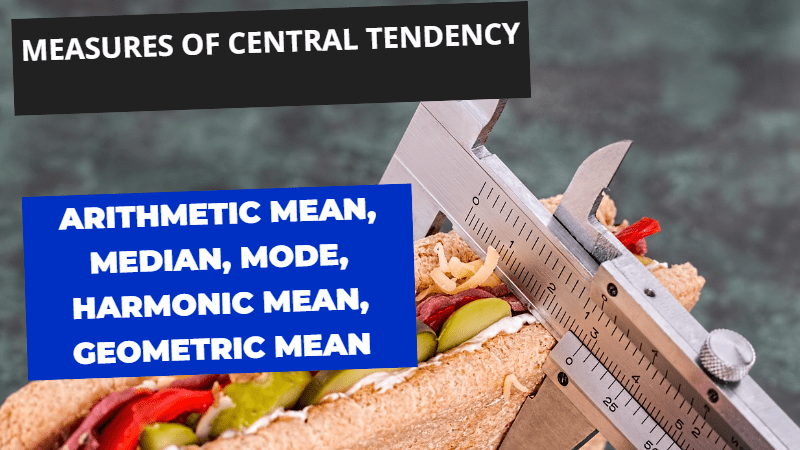In this post, I am going to discuss the paper of Business Statistics Solved Paper FBISE 2022 Annual ICOM II, MCQS, Short Questions, Extensive Questions. Topics included are Introduction to Statistics, Averages, Index Numbers, Probability. Topics discovered in this solved paper are also beneficial for the students of BCOM, ADC, BBA and other disciplines in which business statistics is included in the syllabus. Stay connected for more papers. Links of solved papers of Business Statistics and Principles of Accounting are given below.
For other Solved Papers of Business Statistics and Principles of Accounting, please follow links below:
Solved Paper Business Statistics
Solved Papers Principles of Accounting II
Solved by Iftikhar Ali, M.Sc Economics, MCOM Finance Lecturer Statistics, Finance and Accounting
Table of Contents
Business Statistics Solved Paper FBISE 2022 Annual ICOM II, MCQS, Short Questions, Extensive Questions
MCQS
Q 1: Fill the relevant bubble against each question.
| 1 | The word “statistics” may have been derived from a Latin word: | ||
| A) | Statistik | B) | Status |
| C) | Statista | D) | Statistique |
| 2 | A data undergone through any statistical treatment at-least once is called: | ||
| A) | Primary Data | B) | Secondary Data |
| C) | Ungrouped Data | D) | Discrete Data |
| 3 | The graph of frequency distributions is called: | ||
| A) | Histogram | B) | Ogive |
| C) | Historigram | D) | Pie-Chart |
| 4 | The process of systematic arrangement of data into rows and columns is called: | ||
| A) | Classification | B) | Tabulation |
| C) | Grouping | D) | Manipulation |
| 5 | Sum of deviations from mean is always: | ||
| A) | Zero | B) | Positive |
| C) | Negative | D) | One |
| 6 | Which of the following average is the most suitable for computing chain indices? | ||
| A) | Mean | B) | Median |
| C) | Mode | D) | Geometric Mean |
| 7 | Price relative is the percentage ratio of current year price and: | ||
| A) | Previous year price | B) | Base year price |
| C) | Preceding year price | D) | Next year price |
| 8 | Laspeyre’s index number is also called: | ||
| A) | Base year weighted index | B) | Current year weighted index |
| C) | Ideal Index numbers | D) | Good index number |
| 9 | A card is drawn from pack of 52 playing cards. What is probability of king of hearts? | ||
| A) | 1/52 | B) | 4/52 |
| C) | 13/52 | D) | 2/52 |
| 10 | If 4 coins are tossed, the possible outcomes of sample space are: | ||
| A) | 4 | B) | 8 |
| C) | 16 | D) | 32 |

Short Questions
SECTION-B (Marks 24)
Q.2: Attempt any eight parts. The answer to each part should not exceed 3 to 4 line. (8 x 3=24)
(i) Differentiate between population and sample.
Answer
Population Vs Sample
Whole group under discussion is called population for example the whole strength of college student or whole population of a certain district etc.
Whereas part of population is called sample for example 30 students out of 100 students or 300 persons out of district population etc.
(ii) The following are the number of children per family in a town obtained from sample survey.
5,8,2,1,5,2,4,6,3,3,4,7,5,6,4,2,1,3,5,4,6,4,5,7,3,5,4,4,5,3,2
Make a discrete frequency distribution fro number of children taking one as class interval.
Solution:
| X | f |
| 1 | 2 |
| 2 | 4 |
| 3 | 5 |
| 4 | 7 |
| 5 | 7 |
| 6 | 3 |
| 7 | 2 |
| 8 | 1 |
| ∑f = 31 |
(iii) Calculate median and mode from the following discrete frequency distribution.
| X | 1 | 2 | 3 | 4 | 5 | 6 |
| f | 3 | 6 | 9 | 7 | 6 | 2 |
Solution:
| X | f | C.F |
| 1 | 3 | 3 |
| 2 | 6 | 9 |
| 3 | 9 | 18 |
| 4 | 7 | 25 |
| 5 | 6 | 31 |
| 6 | 2 | 33 |
| ∑f =n= 33 |
Median
16.5 falls in C.F of 18 so X = 3 is median
Mode
Maximum frequency is 9 so X = 3 is Mode
(iv) A student obtained the following marks in the following subjects:
| Subjects | Urdu | English | Mathematics | Accounting | Commerce |
| Marks (X) | 70 | 65 | 80 | 90 | 72 |
| Weights (W) | 2 | 1 | 4 | 5 | 3 |
Find the weighed arithmetic mean.
Solution:
| Subjects | Marks (X) | Weights (W) | WX |
| Urdu | 70 | 2 | 140 |
| English | 65 | 1 | 65 |
| Mathematics | 80 | 4 | 320 |
| Accounting | 90 | 5 | 450 |
| Commerce | 72 | 3 | 216 |
| ∑W =15 | ∑WX =1191 |
![]()
(v) For a frequency distribution, it is given that D = X – 500, ∑fD =80, ∑f = 10. Find Arithmetic Mean.
Solution:
Data
A= 500, ∑f = 10, ∑fD =80
![]()
![]()
(vi) If arithmetic mean is 40 and median is 36 of a frequency distribution. Using empirical relationship find the value of mode.
Solution:
Mode = 3 Median – 2 Mean
Mode = 3(36) – 2(40)
Mode = 108 – 80
Mode = 28
(vii) Differentiate between fixed base and chain base method.
Answer
In fixed base method, base period remains fixed whereas in chain base method base period does not remain fixed. On the other hand in fixed base method, we calculate price relative whereas in chain base method, we calculate link relative and then we calculate chain index.
![]()
![]()
(viii) Calculate chain indices from the following prices:
| Year | 1990 | 1991 | 1992 | 1993 | 1994 | 1995 |
| Price | 40 | 45 | 48 | 50 | 55 | 70 |
Solution:
| Years | Price | Link Relative | Chain Index |
| 1990 | 40 | 40 | 40 |
| 1991 | 45 | | |
| 1992 | 48 | | |
| 1993 | 50 | | |
| 1994 | 55 | | |
| 1995 | 70 | | |
(ix) If Laspeyre’s index = 120, Fisher’s index = 118, then find Paasche’s index number.
Solution:
![]()
![]()
![]()
![]()
![]()
Take Square root on both sides:
![]()
![]()
(x) Describe (a) Random Experiment (b) Sample Space
Answer:
(a) Random Experiment
Random experiment is an experiment that is performed in probability distribution in order to know the probability of a particular event.
(b) Sample Space
All possible outcomes of a random experiment are called sample space. Sample space is denoted by Upper Case Letter S.
(xi) An unbiased dice is rolled once. What is the probability of (i) Even Number (ii) Number greater than 2?
Solution
![]()
All possible outcomes
1, 2, 3, 4, 5, 6
Events
![]()
![]()
Probabilities
![]()
![]()
Extensive Questions
Section C (Marks 16)
Note: Attempt any two questions. All questions carry equal marks. (2×8=16)
Q.3: Find Mean, Median and Mode from the following distribution:
| Class | 5—9 | 10—14 | 15—19 | 20—24 | 25—29 | 30—34 | 35—39 |
| Frequency | 2 | 3 | 7 | 10 | 5 | 2 | 1 |
Solution
| Class Limits | Frequency (f) | Class Boundaries | X | fX | C.f |
| 5—9 | 2 | 4.5—9.5 | 7 | 14 | 2 |
| 10—14 | 3 | 9.5—14.5 | 12 | 36 | 5 |
| 15—19 | 7 | 14.5—19.5 | 17 | 119 | 12 |
| 20—24 | 10 | 19.5—24.5 | 22 | 220 | 22 |
| 25—29 | 5 | 24.5—29.5 | 27 | 135 | 27 |
| 30—34 | 2 | 29.5—34.5 | 32 | 64 | 29 |
| 35—39 | 1 | 34.5—39.5 | 37 | 37 | 30 |
| Sum | 30 | 625 | |||
| ∑f or n= | ∑fX= |
![]()
![]()
Model Class = n/2 = 30/2 = 15 falls in C.f of 22 so data is:
L = 19.5, h = 5, f = 10, n/2 =30/2 = 15 & C = 12
![]()
![]()
![]()
![]()
![]()
Model Class: Maximum frequency is 10 so data for model class is:
L = 19.5, fm = 10, f1 = 7, f2 = 5 & h = 5
![]()
![]()
![]()
Q.4: Calculate index numbers from the following data for 2005 taking 2000 as base year by: (i) Laspeyre’s Method (ii) Paasche’s Method (iii) Fisher’s Method
| Commodities | 2000 | 2005 | ||
| Price | Quantity | Price | Quantity | |
| A | 5 | 20 | 8 | 30 |
| B | 2 | 10 | 5 | 15 |
| C | 4 | 25 | 6 | 30 |
| D | 8 | 30 | 12 | 40 |
Solution:
| Items | 2000 | 2005 | ||||||
| Price (Po) | Quantity (qo) | Price (P1) | Quantity (q1) | poqo | p1qo | p1q1 | poq1 | |
| A | 5 | 20 | 8 | 30 | 100 | 160 | 240 | 150 |
| B | 2 | 10 | 5 | 15 | 20 | 50 | 75 | 30 |
| C | 4 | 25 | 6 | 30 | 100 | 150 | 180 | 120 |
| D | 8 | 30 | 12 | 40 | 240 | 360 | 480 | 320 |
| Sum | 460 | 720 | 975 | 620 | ||||
| ∑poqo = | ∑p1qo = | ∑p1q1 = | ∑poq1 = | |||||
![]()
![]()
![]()
![]()
![]()
![]()
![]()
Q.5: Three balls are drawn at random from a bag containing 6 red and 4 black balls. Find the probability that:
(i) All balls are red
(ii) All balls are of same colour
(iii) Two red and one black ball
(iv) No red ball
Solution
Red Balls = 6, Black Balls = 4, N = 6+4 = 10, r = 3
![Rendered by QuickLaTeX.com \[ \mathbf{Sample\ Space\ = \ }\mathbf{\eta}\left( \mathbf{S} \right)\mathbf{= \ }\begin{pmatrix}\mathbf{N} \\\mathbf{C} \\\mathbf{r} \\\end{pmatrix}\mathbf{=}\begin{pmatrix}\mathbf{10} \\\mathbf{C} \\\mathbf{3} \\\end{pmatrix}\mathbf{= 120}\ \]](https://bcfeducation.com/wp-content/ql-cache/quicklatex.com-75bab76e6f314d912b011374c35bc294_l3.png)
Events
![Rendered by QuickLaTeX.com \[ (i)All\ balls\ are\ Red\ \mathbf{\eta}\left( \mathbf{A} \right) = \begin{pmatrix}\mathbf{6} \\\mathbf{C} \\\mathbf{3} \\\end{pmatrix}\begin{pmatrix}\mathbf{4} \\\mathbf{C} \\\mathbf{0} \\\end{pmatrix}\mathbf{= 20 \times 1 = 20}\ \]](https://bcfeducation.com/wp-content/ql-cache/quicklatex.com-e9b42537086717623a598d4fd9fcffdd_l3.png)
![Rendered by QuickLaTeX.com \[ (ii\ a)All\ balls\ are\ Red\ \mathbf{\eta}\left( \mathbf{B} \right) = \begin{pmatrix}\mathbf{6} \\\mathbf{C} \\\mathbf{3} \\\end{pmatrix}\begin{pmatrix}\mathbf{4} \\\mathbf{C} \\\mathbf{0} \\\end{pmatrix}\mathbf{= 20 \times 1 = 20}\ \]](https://bcfeducation.com/wp-content/ql-cache/quicklatex.com-e224fbd34064b3b99b6fcdd78f27219b_l3.png)
![Rendered by QuickLaTeX.com \[ (ii\ b)All\ balls\ are\ Black\ \mathbf{\eta}\left( \mathbf{C} \right) = \begin{pmatrix}\mathbf{6} \\\mathbf{C} \\\mathbf{0} \\\end{pmatrix}\begin{pmatrix}\mathbf{4} \\\mathbf{C} \\\mathbf{3} \\\end{pmatrix}\mathbf{= 1 \times 4 = 4}\ \]](https://bcfeducation.com/wp-content/ql-cache/quicklatex.com-814bf55df28377f844df89db492412e5_l3.png)
![Rendered by QuickLaTeX.com \[ (iii)Two\ Red\ One\ Black\ \mathbf{\eta}\left( \mathbf{D} \right) = \begin{pmatrix}\mathbf{6} \\\mathbf{C} \\\mathbf{2} \\\end{pmatrix}\begin{pmatrix}\mathbf{4} \\\mathbf{C} \\\mathbf{1} \\\end{pmatrix}\mathbf{= 15 \times 4 = 60}\ \]](https://bcfeducation.com/wp-content/ql-cache/quicklatex.com-86b65ad1e6c7a653114d3085e9e7f366_l3.png)
![Rendered by QuickLaTeX.com \[ (iv)No\ Red\ \mathbf{\eta}\left( \mathbf{E} \right) = \begin{pmatrix}\mathbf{6} \\\mathbf{C} \\\mathbf{0} \\\end{pmatrix}\begin{pmatrix}\mathbf{4} \\\mathbf{C} \\\mathbf{3} \\\end{pmatrix}\mathbf{= 1 \times 4 = 4}\ \]](https://bcfeducation.com/wp-content/ql-cache/quicklatex.com-9df6d3351f6fd8db237dc8a64f79f359_l3.png)
Probabilities
![]()
![]()
![]()
![]()
![]()
You might be interested in the following Solved Papers
- Solved Paper Business Statistics 2012
- Solved Paper Business Statistics 2013
- Solved Paper Business Statistics 2014/2015
- Solved Paper Business Statistics 2016
- Solved Paper Business Statistics 2016 2nd Annual
- Solved Paper Business Statistics 2017
- Solved Paper Business Statistics 2017 2nd Annual
- Solved Paper Business Statistics 2018
- Solved Paper Business Statistics 2018 2nd Annual
- Solved Paper Business Statistics 2019
- Solved Paper Business Statistics 2023






